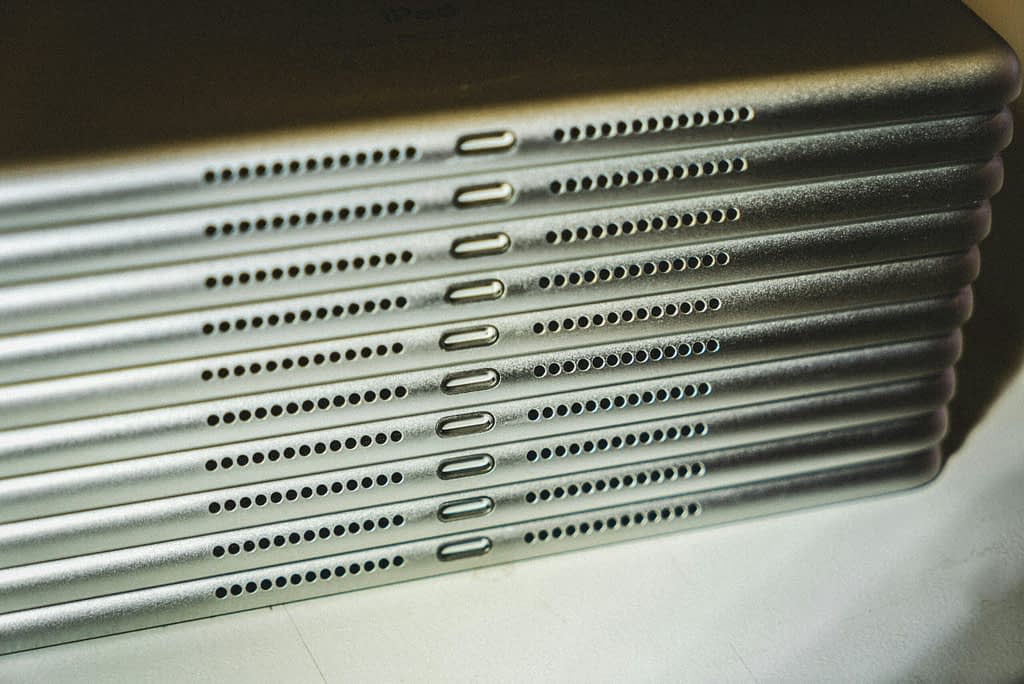Despite 25% tariffs on aluminum imports significantly reshaping global trade flows and increasing consumer costs, their main objective – reviving domestic primary aluminum production – continues to fall short. The key obstacle remains the lack of access to competitively priced electricity.
Energy Costs Block American Production Revival
The shortage of affordable electricity represents the biggest barrier to reviving the US aluminum industry:
- American smelters pay $550 per ton for electricity
- Canadian smelters achieve costs of only $290 per ton
- European producers utilize long-term energy contracts
- American companies rely on more expensive short-term agreements
Alcoa permanently closed its Intalco smelter with 279,000 tons capacity in March 2023 due to unavailable competitive electricity. Century Aluminum halted operations at its Kentucky facility after energy costs tripled.
Tech Sector Displaces Aluminum Industry
The artificial intelligence boom and data center expansion creates new competition for electrical power. Technology companies have significantly higher ability to pay for electricity thanks to high double-digit margins, while aluminum producers operate with low single-digit margins.
Norwegian company Hydro reported only 8.3% margin in the first quarter. “The tech sector has much higher ability to pay than the aluminum industry,” confirms the company’s CFO Trond Olaf Christophersen.
Tariffs Reshape Global Trade Flows Without Production Revival
American tariffs have dramatically changed the structure of the global aluminum market:
- European premium prices are 30% lower than American ones
- Metal redirects to other destinations instead of the US
- Canadian producers temporarily preferred exports to Europe
- Domestic scrap metal prices rose indirectly due to tariffs
“We buy American aluminum scrap – local raw material. Yet scrap prices now indirectly include tariff costs,” explains Hydro’s Christophersen. The company quickly passes these costs to customers.
Thule Group already increased prices by 10% due to rising raw material costs. For investors, the current situation presents opportunities to focus on companies with diversified operations that can effectively transfer costs to customers.
Investment Outlook for the Aluminum Sector
Reviving American primary aluminum production will require fundamental changes in energy policy. Without competitive electricity, investments in new smelters remain uneconomical.
Thule Group already increased prices by 10% due to rising raw material costs. For investors, the current situation presents opportunities to focus on companies with diversified operations that can effectively transfer costs to customers.




